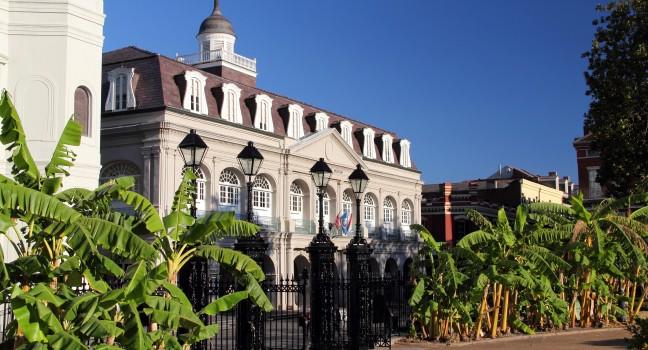Mardi Gras (French for "Fat Tuesday") is the final day of Carnival, a Christian holiday season that begins on the Twelfth Night of Christmas (January 6) and comes crashing to a halt on Ash Wednesday, the first day of Lent. Though Mardi Gras is merely one day within the season, the term is used interchangeably with Carnival, especially as the season builds toward the big day. As sometimes befalls the Christmas holiday, the religious associations of Carnival serve mainly as a pretext for weeks of indulgence. Likewise, Carnival claims elaborate traditions of food, drink, and music, as well as a blend of public celebrations (parades) and more exclusive festivities, which take the form of lavish private balls.
On Mardi Gras, many New Orleanians don costumes, face paint, and masks, and then take to the streets for the last hurrah before Lent. It's an official city holiday, with just about everyone but the police and bartenders taking the day off. People roam the streets, drink Bloody Marys for breakfast and switch to beer in the afternoon, and admire one another's finery. Ragtag bands ramble about with horns and drums, Mardi Gras anthems pour from stereos, and king cakes (ring-shaped cakes topped with purple, green, and gold sugar) are everywhere. Weeks of parades are capped by Zulu, Rex, and the "trucks" parades that roll from Uptown to downtown with large floats carrying riders who throw plastic beads and trinkets (called "throws") to onlookers.
Don't be smug: If you visit, you'll be caught up in the revelry of America's largest street party. After a few moments of astonished gaping, you'll yell for throws, too, draping layers of beads around your neck, sipping from a plastic "go cup" as you prance along the street, dancing with the marching bands, and having a grand old time.




